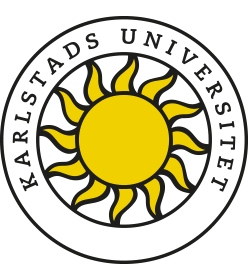Chemistry education, theory and practice
15.0 ECTS creditsStructure and components
Practical training in school alternate with on-campus teaching where lectures in chemistry and education are combined with exercises and experimental training. Basic principles of chemistry, chemistry education and experimental techniques are integrated throughout the course.
Depending on the students' choice of future teaching levels, the components below can be given different emphasis.
Components
Thematic studies in an area of applied chemistry such as chemistry in the kitchen, chemistry in the garage, chemistry in the laundry, chemistry in the building.
Interpreting curricula from the perspectives of different theories of knowledge.
Comparing teaching materials in relation to current curricula.
Goal formulation, test design and evaluation of chemistry teaching.
Safety issues in the chemistry classroom.
Conducting and interpreting experiment suitable for different age groups.
The computer as a teaching aid.
During the teaching days at the university, the students present and discuss assignments completed during the practical training and completed in relation to teaching staff or exercises and experiments performed in the classroom. Active participation in on-campus teaching and the practical training is required.
Practical training in school alternate with on-campus teaching where lectures in chemistry and education are combined with exercises and experimental training. Basic principles of chemistry, chemistry education and experimental techniques are integrated throughout the course.
Depending on the students' choice of future teaching levels, the components below can be given different emphasis.
Components
Thematic studies in an area of applied chemistry such as chemistry in the kitchen, chemistry in the garage, chemistry in the laundry, chemistry in the building.
Interpreting curricula from the perspectives of different theories of knowledge.
Comparing teaching materials in relation to current curricula.
Goal formulation, test design and evaluation of chemistry teaching.
Safety issues in the chemistry classroom.
Conducting and interpreting experiment suitable for different age groups.
The computer as a teaching aid.
During the teaching days at the university, the students present and discuss assignments completed during the practical training and completed in relation to teaching staff or exercises and experiments performed in the classroom. Active participation in on-campus teaching and the practical training is required.
Progressive specialisation:
G1F (has less than 60 credits in first‐cycle course/s as entry requirements)
Education level:
Undergraduate level
Admission requirements:
Chemistry 30 ECTS cr or equivalent
Selection:
Selection is usually based on your grade point average from upper secondary school or the number of credit points from previous university studies, or both.
Course code:
KEGAD0
The course is not included in the course offerings for the next period.
